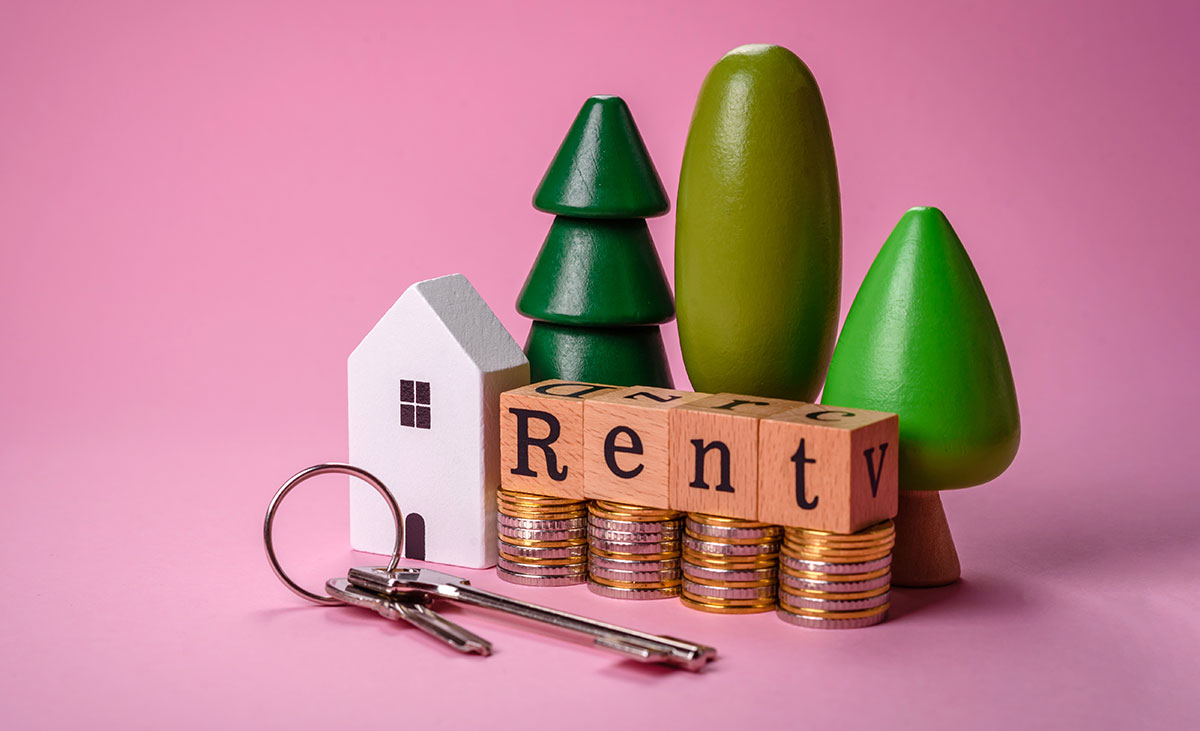
Rental properties play a vital role in the housing market, offering flexibility and affordability to a diverse range of individuals and families. In today’s landscape, the rental market is dynamic yet full of challenges. Demand often outstrips supply, leading to rising rents and increased competition among tenants.
Additionally, factors like economic fluctuations, shifting demographics, and technological advancements continue to shape the future of rentals. Economic conditions impact affordability, while demographic changes, such as an aging population or urbanization trends, influence housing preferences.
Furthermore, technology disrupts traditional rental processes, with online platforms and smart home features redefining the rental experience. Understanding these trends is essential for navigating the evolving rental market effectively.
Current Landscape of Rental Properties
The current landscape of rental properties is marked by strong demand and steady growth in occupancy rates, reflecting the evolving preferences of modern-day tenants. Recent statistics indicate increased demand for rental properties, with occupancy rates reaching record highs in many urban areas.
Rental demands have remained attractive, incentivizing investors to capitalize on the thriving rental market. Several factors contribute to the sustained demand for rental properties, including shifting lifestyle preferences, economic uncertainties impacting homeownership decisions, and the flexibility offered by renting.
Additionally, prompt air conditioning repair ensures tenant comfort and satisfaction while preserving the property’s value. By addressing such maintenance issues promptly, landlords can uphold tenant satisfaction, enhance property appeal, and safeguard long-term investment returns in the dynamic landscape of rental properties. As the rental market continues to evolve, landlords and property managers are adapting their strategies to cater to evolving needs and preferences.
Key Trends Shaping the Future of Rental Properties
1) The Rise of Remote Work
With the widespread adoption of remote work, tenant preferences for location and amenities are likely to undergo a significant shift. Workers are no longer tied to a specific location for their jobs. That leads to increased demand for properties in areas offering desirable lifestyle factors and a sense of community.
Suburban and rural areas may experience a surge in popularity as people seek larger living spaces and quieter environments. Moreover, the rise of remote work could fuel the emergence of “rent anywhere” models or co-living spaces. These models allow tenants to choose properties based on lifestyle preferences rather than proximity to a workplace.
2) Technological Advancements
Smart home systems enable remote monitoring and control of various aspects of the property. Online applications streamline the leasing process, allowing prospective tenants to submit applications and sign leases remotely. Virtual tours provide an immersive viewing experience, reducing the need for in-person visits and saving time for both landlords and tenants.
These technological advancements not only improve the overall experience for tenants but also enhance efficiency for landlords. Automated systems for rent collection, maintenance requests, and tenant communication streamline operations and reduce administrative burdens.
3) Sustainability and Energy Efficiency
There is a growing demand for eco-friendly features in rental properties as tenants become increasingly environmentally conscious. Energy-efficient appliances, sustainable building materials, and renewable energy sources are becoming standard in many rental properties. Additionally, with Reno Property Management landlords who invest in green upgrades can attract environmentally conscious tenants and differentiate their properties in the market.
Regulations and incentives promoting sustainable building practices in rentals are also on the rise. Governments may offer tax credits or grants to landlords who implement energy-efficient measures. Additionally, building codes and zoning ordinances may require new rental properties to meet specific sustainability standards.

4) The Evolving Regulatory Landscape
The regulatory landscape surrounding short-term rentals, tenant rights, and fair housing continues to evolve, impacting the rental market in significant ways. Increased regulation of short-term rentals, such as Airbnb properties, aims to address concerns related to housing affordability, neighborhood disruption, and tax compliance. Landlords operating short-term rentals may face stricter licensing requirements and occupancy limits.
Predictions for the Future Rental Market
1) Rental Market Growth
The rental market shows continued growth driven by factors like housing affordability challenges and shifting demographics. Urban areas, with higher home prices and lower homeownership rates, are likely to experience more pronounced growth, fueled by demand from young professionals and students.
Conversely, suburban and rural areas may see more moderate growth. Single-family homes could outpace apartments in rental market growth, driven by increased demand for space and privacy, particularly post-COVID-19.
2) Shifting Tenant Preferences
Tenant preferences are expected to evolve, with a focus on amenities such as home offices and outdoor spaces, alongside access to green areas. While urban proximity may remain desirable, some may prioritize affordability and quality of life in suburban or rural areas. Additionally, niche rental markets catering to specific demographics like young professionals, seniors, or pet owners are likely to rise, offering specialized amenities and services tailored to their needs.
3) Transforming Rental Experience
PropTech is set to revolutionize the rental experience by streamlining processes and enhancing convenience for both landlords and tenants. AI and data analytics will optimize pricing, automate management tasks, and personalize experiences.
AI chatbots and virtual assistants will handle inquiries and scheduling, while data analytics predict trends and optimize operations. Automation will streamline applications, facilitate online payments, and enable remote inspections, shaping a more efficient and transparent rental market.

Conclusion
The future of rental properties is being shaped by several key trends and predictions. From the rise of co-living spaces to the integration of smart home technology, the rental landscape is evolving rapidly.
Increasing urbanization and changing demographics are driving demand, while sustainability and affordability concerns are influencing development choices. Further exploration is needed to understand the full implications of these shifts. Explore these emerging opportunities and challenges to stay ahead in the evolving rental market.
